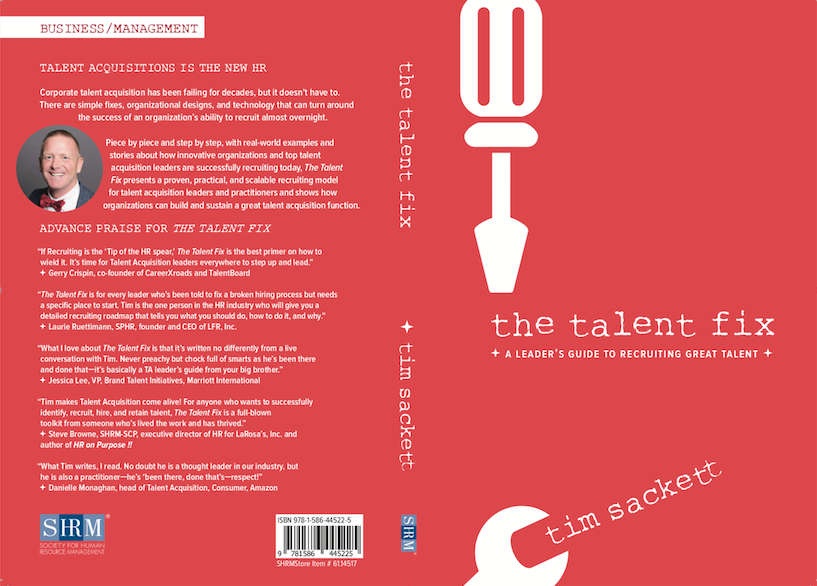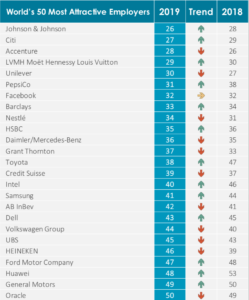I have a confession to make. I use LinkedIn every day! Not just Monday through Friday, I’m on the app on Saturday and Sunday as well! So, don’t think this is a LinkedIn hater post! I’m a LinkedIn 1%’er! I’m a bit addicted to LinkedIn, to be honest, I might have to go see someone!
Being on LinkedIn every day like I am, you begin to notice a few things. Some are great, like content that I find my network sharing that I probably find on LI before I find anywhere else. I love to read about the celebrations of people doing great things at work. I love to read about the funny stories and the heartwarming stories of people in their workplaces. All great stuff!
The more time I spend on LI I begin to feel like the database is basically populated with about 6-7 main types of profiles. It’s like the world is broken down, not in male or female, or black or white, but in these mini-subsets of lives. Here’s what I see when I look at LinkedIn Profiles (these are not official LinkedIn database numbers!):
– Sales Pros: I want to say that it’s at least 40% of the LI database, but I know it’s less. But, the reality is, if you’re in sales of any kind, you probably are on LinkedIn at least multiple times a week, and you’re probably sending me an InMail trying to see if I want to blindly give you access to my investment portfolio, sell me leads to executives, sell me offshore recruiting solutions, etc. It’s endless! Even the LinkedIn Sales Pros get into the game and I probably get a message through LinkedIn Sales Navigator from LI themselves at least once per month.
– Recruiters: I think about 30% of the LI database are recruiters, but again, it’s probably less, but feels like more, because we (recruiters are my people) are so freaking active on LI! There are very few occupations you can’t find on LI. Of course, you’re probably less likely to find a great pool of truck drives on LI, but for sure any white-collar talent you can find. Recruiters and Sales Pros have to make up at least 90% of all InMails sent on LI, right?
– Keynote Speakers: It feels like 1 out of 5 profiles claim to be “Keynote Speakers” which would mean there are approximately 100 million Keynote Speakers on LinkedIn! So, I know that number isn’t correct, but come on, you all can’t be Keynote Speakers! Maybe we need a “Keynote Speaker” definition. To put “Keynote Speaker” on your LI Profile you must be on the main stage speaking either in the opening session, the lunch session, or the closing session, and you must be paid. That probably knocks about 80% of the “Keynotes” out with just those factors.
– Life Coaches: You know what happens when you get fired from your job, or can’t hold a job? You become a Life Coach and tell other people how to get a job or hold a job… Is it just me or does seem like 50% of LinkedIn profiles claim to be Life Coaches? “Life Coach” might be the single easiest job in the world to obtain. Life Coach criteria: 1. Are you alive? 2. Have you lived any amount of life? 3. Do you like to tell people to do things that you yourself probably wouldn’t do? If you can say “yes” to all three of those things, congratulations! You’re a life coach!
– Executives: Turns out the great thing about LinkedIn is you can call yourself anything you want! It seems like about 30% of LinkedIn Profiles list their occupation as “Executive”. You really bend the matrix when you list yourself as “Executive Life Coach!” So, you are the sole person at your company? Awesome, you’re now the Chief Strategy Officer at Timmy Sackett, Inc.! In fact, I’m a Fortune 1 Million Executive in one of the fastest-growing industries in the world! It’s kind of like the banking industry where everyone is a Vice President, no matter what you really do.
– Actual People Doing Real Work that are not in Sales or Recruiting, or playing make-believe as Keynote Speakers, Life Coaches or Executives: Like 3%? Okay, to be fair, I know it’s way higher than that because every week we hire real people off LinkedIn for all kinds of jobs in Supply Chain, Engineering, IT, Accounting/Finance/ and HR. But holy cow do they all seem like the minority. I’m guessing this is the case because these folks are not like me, they don’t live on LI every day. For the most part, folks with jobs are also not looking for attention, so they don’t stick out as much.
So, before someone goes postal in the comments about the value of their life coach or how my math on the profiles equals 347%, I understand that I built my LinkedIn network, so my view reflects a world I built around myself! I built my own nightmare! I put on my headline “Not a Life Coach” and stupid life coaches from around the world reached out to connect with me saying things like “I see we are in the same industry” in their invites.
My dream is that LinkedIn eventually gives me the ability to go in and easily curate my network. You know, do some searches and see that I’ve got “X” number of people in my network that I no longer want in my network and with one click, shrink it down. That would be so cool! Or maybe you’ve changed professions and while you used to want a network of HR pros, now you want a network of Business Intelligence pros.
As our networks get large, it becomes more difficult to curate, that would be super valuable to me. I would pay for that ability! As our careers grow and change over the years we’ve been on LinkedIn for a long time, we really need this ability. I hope as all of you are out at Talent Connect this week you enjoy the great content and networking. LinkedIn puts on one of the top Recruiting conferences in the world and I’m really upset I couldn’t make it this year!



